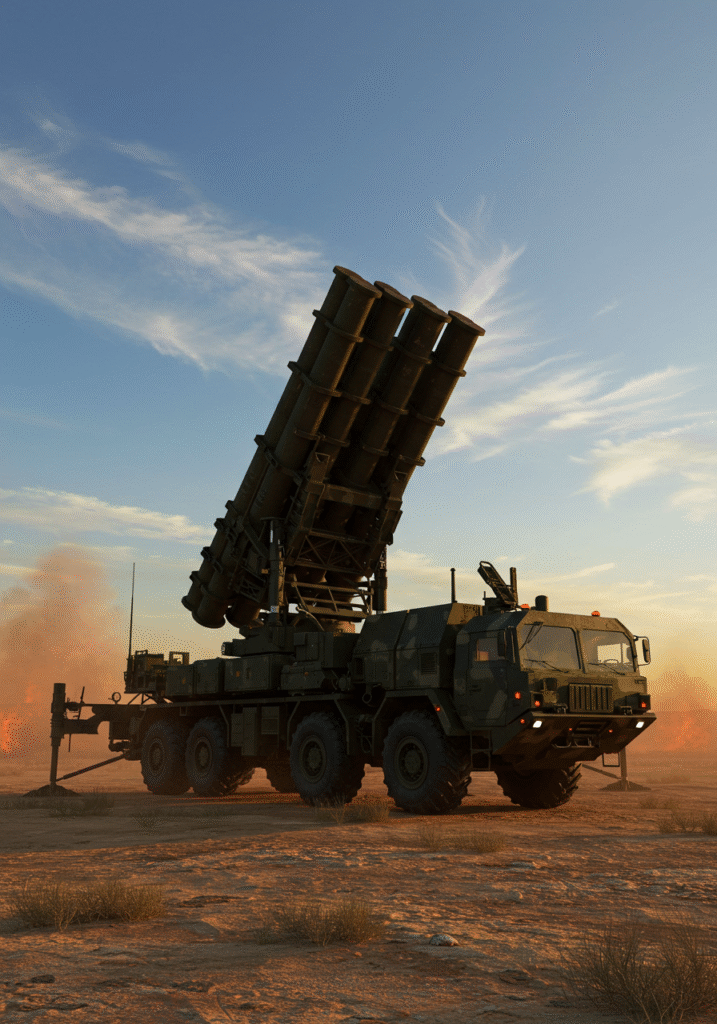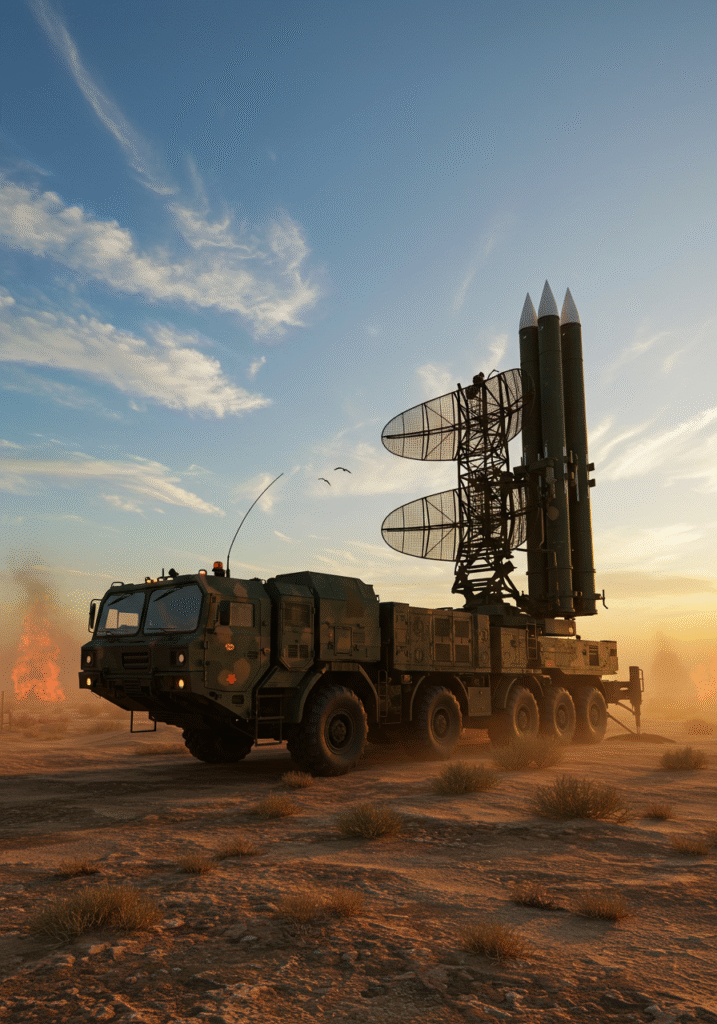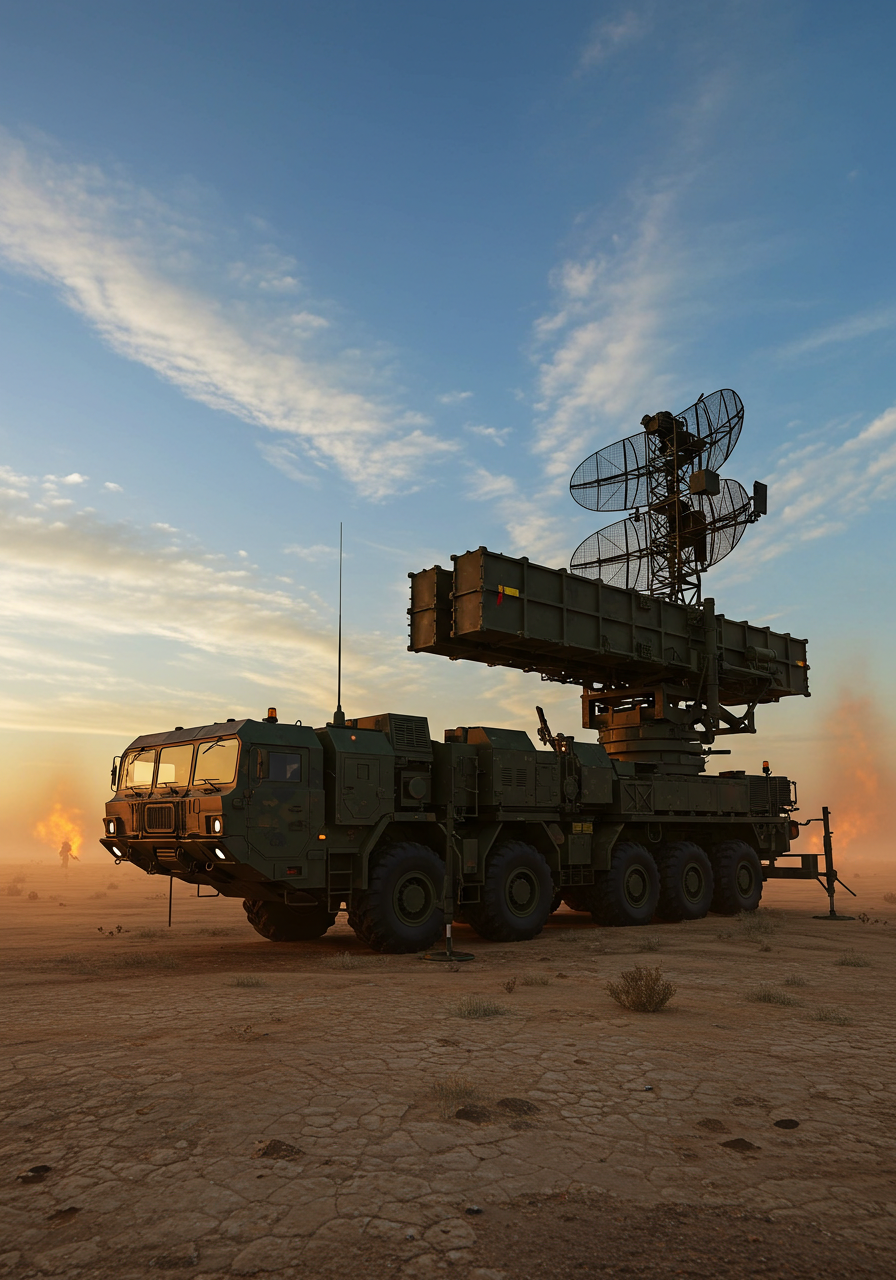Discover the KS-1C, China’s advanced mid-range surface-to-air missile system, and its impact on modern warfare strategies and global defense dynamics.
Introduction
In an era where air superiority often dictates the outcome of conflicts, the ability to effectively counter aerial threats is paramount for any nation’s defense. As militaries worldwide seek to modernize their arsenals, a formidable contender has emerged from China: the KS-1C medium-range surface-to-air missile (SAM) system. This advanced variant, also known by its military designation HQ-12, is not just a technological leap for Chinese air defense; it’s rapidly becoming a significant player in the global arms market, reshaping regional security dynamics, particularly here in Southeast Asia.
The Genesis and Evolution of the KS-1C
The KS-1C is a product of China’s sustained efforts to develop indigenous, high-performance air defense solutions. Developed by the China Aerospace Science and Industry Corporation (CASIC), the KS series has a lineage stretching back to the early 1980s. The initial KS-1 laid the groundwork, and subsequent improvements led to the KS-1A, which introduced enhanced radar capabilities. The KS-1C, however, marks a crucial evolutionary step, showcasing China’s commitment to continuous innovation in its defense technology.
A key improvement in the KS-1C is the transition from rail launchers to canister-launched missiles. This design choice offers several tactical advantages, including reduced reload times, enhanced protection for the missiles during transport and deployment, and increased operational flexibility. Such advancements underscore the KS-1C’s adaptability to modern battlefield requirements.
Unpacking the Capabilities: What Makes the KS-1C Formidable?
The KS-1C is designed to be a versatile and potent air defense asset, capable of engaging a wide spectrum of aerial threats.

Precision and Range
At its core, the KS-1C aims to intercept enemy aircraft, helicopters, and cruise missiles. Its reported operational range extends up to 70 kilometers, with an engagement altitude spanning from a low 500 meters to an impressive 25 kilometers. This wide engagement envelope allows the system to protect significant airspace against both high-altitude bombers and low-flying stealthy threats. The missile itself is capable of reaching speeds of approximately Mach 3 (around 1,200 meters per second), ensuring rapid interception of fast-moving targets.
The Brains of the System: H-200 Radar
Central to the KS-1C’s effectiveness is its sophisticated H-200 passive phased-array radar. Phased-array technology is a hallmark of modern air defense systems, offering superior performance compared to older, mechanically scanned radars. The H-200 enables the KS-1C battery to:
- Simultaneously track multiple targets: This is crucial in managing complex air engagements involving numerous incoming threats.
- Provide precise targeting data: Ensuring high accuracy for missile intercepts.
- Operate in electronically contested environments: Passive phased-array radars are generally more resilient to electronic jamming than active systems.
A typical KS-1C battery comprises the H-200 radar, multiple launcher vehicles (each carrying canisterized missiles), reload trucks, and command-and-control stations. This modular design facilitates rapid deployment and integration into existing defense networks.

Beyond Aircraft: Anti-Ballistic Missile Capability
While primarily an anti-aircraft system, the KS-1C also possesses a limited capability against ballistic missiles. This added dimension significantly enhances a nation’s overall air and missile defense posture, providing a layer of protection against evolving threats. This dual-purpose functionality makes it a highly attractive option for countries looking for comprehensive air defense solutions without investing in separate, specialized anti-ballistic missile systems.
A Growing Footprint: Who Operates the KS-1C?
The KS-1C has become a key export product for China, finding its way into the arsenals of several nations beyond its country of origin. This expansion reflects both the system’s capabilities and China’s increasing role as a global arms supplier.
Current operators include:
- China: As its developer and primary user.
- Cambodia: Notably, the Royal Cambodian Armed Forces have integrated KS-1C batteries into their air defense network. This acquisition underscores Cambodia’s commitment to modernizing its military capabilities and diversifying its defense partnerships. Given our location in Phnom Penh, this local presence highlights the direct impact of this system on regional security.
- Myanmar: Another Southeast Asian nation that has opted for the KS-1C.
- Thailand: The Royal Thai Air Force has also acquired variants of the Kaishan series, signifying its trust in the system’s performance.
- Uzbekistan: A key Central Asian operator, signaling a strategic shift away from traditional Russian arms suppliers and towards Chinese defense technology.
The reasons behind the KS-1C’s export success are multifaceted. Its cost-effectiveness compared to Western counterparts, coupled with flexible payment terms and technology transfer agreements offered by China, makes it an appealing option for nations seeking to enhance their defense without prohibitive costs. Furthermore, the diversification of military suppliers allows countries to reduce reliance on any single source, fostering greater strategic autonomy.
Implications for Regional Security and Modern Warfare
The widespread adoption of systems like the KS-1C by nations in Southeast Asia and Central Asia carries significant implications. It marks a modernization trend among developing militaries, equipping them with advanced capabilities to deter and respond to aerial threats. For China, it reinforces its position as a major player in the global defense industry, expanding its strategic influence.
However, the proliferation of such advanced systems also adds layers of complexity to regional security landscapes. It necessitates continuous assessment of the balance of power and the implications for military doctrines and strategies. As air threats continue to evolve, from sophisticated stealth aircraft to increasingly complex drone swarms, the effectiveness of systems like the KS-1C will be continuously tested.
Conclusion: A Key Player in the Skies
The KS-1C stands as a testament to China’s advancements in medium-range air defense technology. With its robust capabilities, including its H-200 phased-array radar and versatile missile performance, it offers a credible deterrent against contemporary aerial threats. Its growing presence in the arsenals of several nations underscores its appeal and effectiveness on the global stage. As countries like Cambodia continue to integrate such systems into their defense structures, the KS-1C is undoubtedly making significant waves in the evolving landscape of modern warfare, contributing to the complex tapestry of regional and global security.

